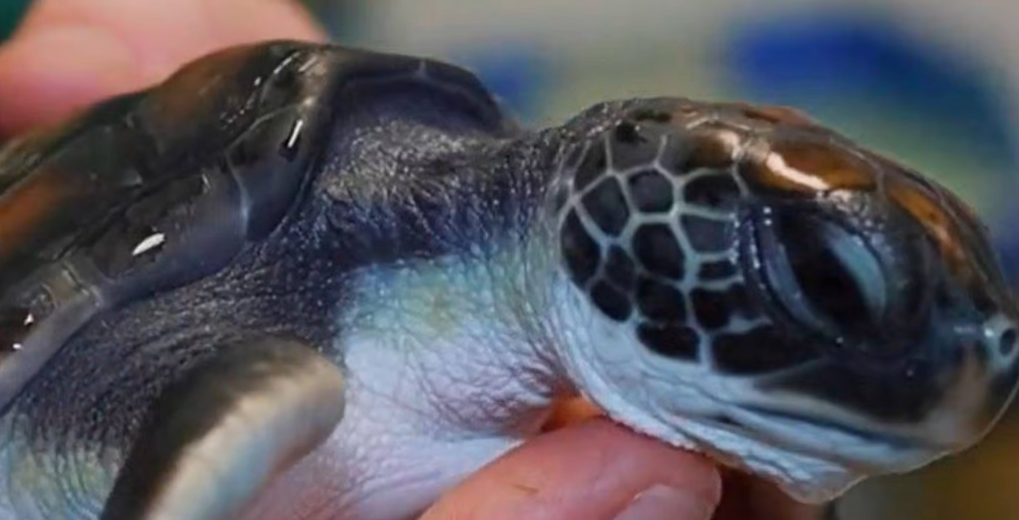The world has come to know drones as aerial vehicles operated remotely, sometimes from thousands of miles away. Now various types of above and below water drones are in use or in development, including the Saildrone, a 19 foot long by 19 foot high unmanned autonomous sailing vessel that operates at sea for months at a time, impervious to bad weather.
Cofounder of Saildrone, engineer and “thrill seeker” Richard Jenkins, developed a forerunner of the vessel called “Greenbird” over 10 years. Greenbird and Jenkins set the world speed record for wind powered on land vehicles in 2009, traveling 126.2 mph (203kph). Jenkins then partnered with the Marine Science and Technology Foundation (MSTF) to create Saildrone.
Average cruising speed for Saildrone is 5 mph (8kph) with a top speed of 16 mph (25kph) and the vessel is powered by solar and wind energy. There are several solar panels installed on deck and the “solid wing technology” developed for “Greenbird” providing propulsion.
Saildrone provides a 220 pound (99.7kg) payload capacity, allowing for a large number and range of oceanographic instruments and sensors, including temperature, oxygen, pH measurement among others. Electronics are housed in pressure-rated submersible housings to provide long-term durability. The Saildrone team includes an underwater robotics expert, CTO Dylan Owens.
Saildrone follows a pre-programmed track which can be changed by remote operators using the Iridium Satellite Communications System (ISCS). The “tail plane” automatically positions itself, as a human operator might, to optimize the position of the sail for local wind conditions. The Saildrone team monitors weather patterns and steers the vessel clear of major weather fronts that might threaten it.
A Saildrone recently completed a 2,100 nautical mile (3,889 km) trip from San Francisco to Honolulu, the longest voyage ever by an autonomous surface vehicle in 34 days, including a rate of 130 miles per day for the first 5 days of the trip.
The Saildrone was created to compete for the Ocean X-Prize sponsored by MSTF and the Schmidt Ocean Institute. Prior to the Saildrone, scientists most frequently used buoys but these often broke free from their moorings, were damaged and were very expensive to maintain, recover and redeploy. These issues have kept the size of the ocean monitoring network to a minimum. Saildrone’s developers hope that there will be a large number, perhaps hundreds, plying the ocean waves transmitting critical data back to scientists in the near future.
Related articles on IndustryTap:
- Teenage Engineering Student Develops Brilliant Idea to Clean Our Oceans
- Sailing Drones Ready to Save the World’s Oceans
- Oceans are the World’s Largest Solar Panels
- Klepper Backyak: A Kayak, Sailboat, and Sled All in One Backpack!
References and related content:






